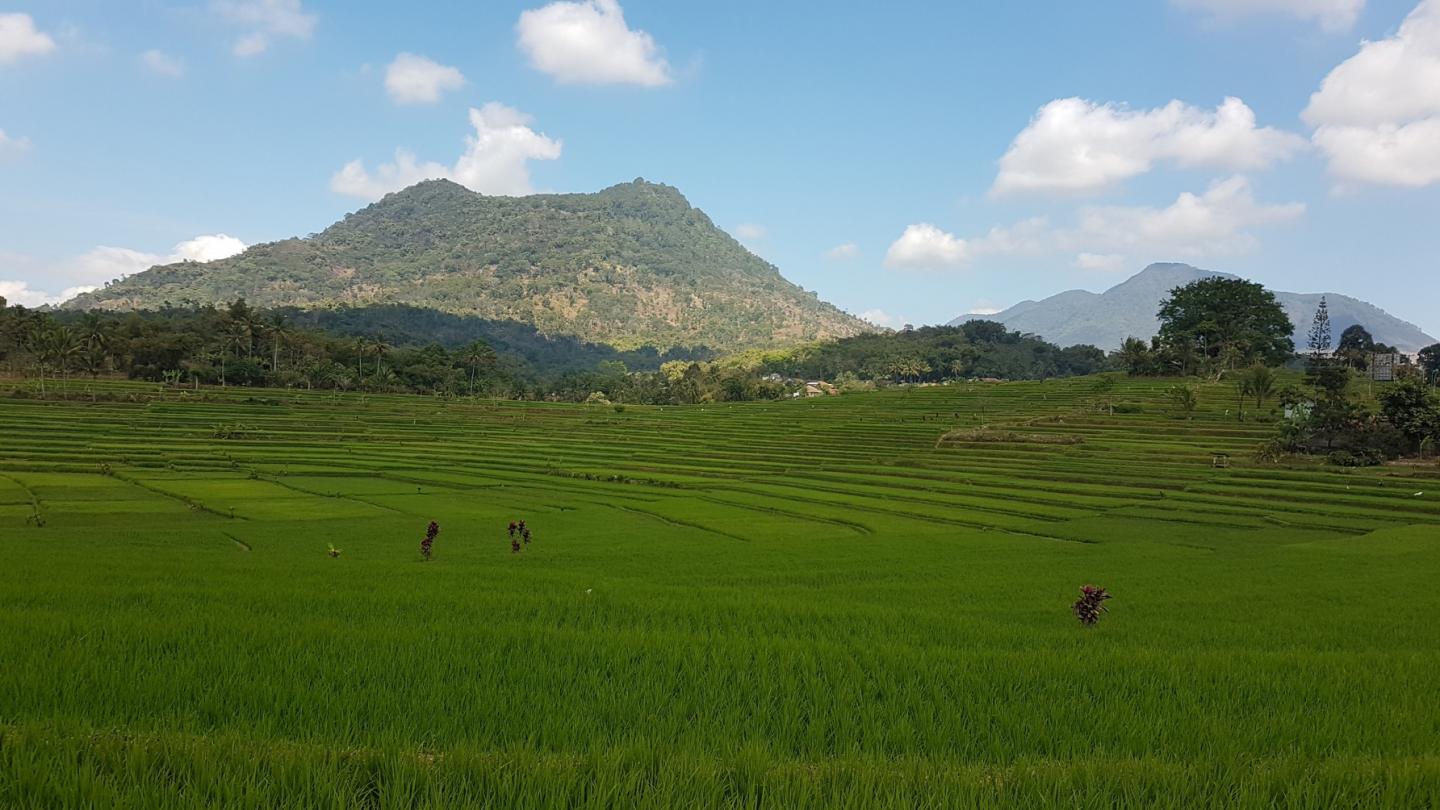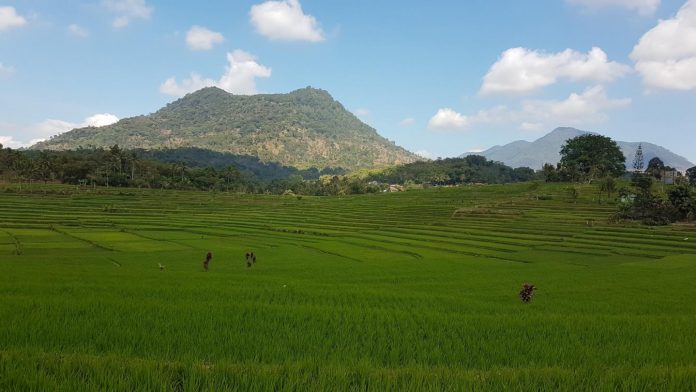
IMAGE: Rice fields in Indonesia
view more
Credit: University of Sydney
Google Earth, the Group on Earth Observations and the University of Sydney will develop the world’s first real-time monitoring platform for rice fields globally. The ambitious project will help realise the Zero Hunger target of the United Nations 2030 Agenda for Sustainable Development Goals.
Rice is the staple crop for more than half the world’s population and 10 percent of all arable land is dedicated to rice farming, but there are currently no accurate maps outlining rice yields and land use using consistent methodology.
“Accurate and up-to-date information on how much rice has been planted and how much harvest can be achieved is crucial to achieving global food and water security,” said project leader Professor Budiman Minasny from the Sydney Institute of Agriculture at the University of Sydney.
“Working with our partners in Asia, we will use the Google Earth Engine to build the first real-time mobile application that will allow farmers, agricultural scientists, non-government organisations and government planners to manage land use to ensure food security in the world’s rice bowls.”
The real-time land-use data generated using Google Earth will be verified by field operators in India, China, Malaysia, Indonesia and Vietnam. This will allow the agricultural scientists to calibrate monitoring to ensure its accuracy worldwide.
These five partner countries make up more than 40 percent of the world’s population. India, China and Indonesia are the world’s three-largest producers of rice and together account about 60 percent of total world production.
Jointly developed with the Universiti Malaysia Terengganu, the mobile monitoring app – Paddy Watch – will allow farmers, scientists and agricultural economists to:
-
determine the extent of arable land under rice cropping in near real-time; - estimate potential yields;
- manage water use and water security;
- account for greenhouse gas emissions (paddy rice releases methane);
- develop policies for education, economic growth, gender equity and reducing social inequality.
The Paddy Watch app will build on work already undertaken in Malaysia and Indonesia by Professor Minasny and colleagues at Universiti Malaysia Terengganu. Using the Google Earth Engine and cloud computing technology the project will improve on that work using the latest deep learning techniques to forecast crop yields and water consumption.
Professor Alex McBratney is Director of the Sydney Institute for Agriculture and Professor of Digital Agriculture and Soil Science. He said this project “is digital agriculture writ large on a global canvas”.
“Digital agriculture is post-industrial agriculture,” he said. “This type of technology means we can have confidence in our ability to feed the world’s population in a sustainable way.”
The project announced today is one of 32 projects supported by the GEO-Google Earth Engine partnership, which incorporates more than 100 national governments working with the search engine company and its mapping agency. The consortium will have access to a Google Earth licence for two, valued by Google at $US3 million ($4.3 million), plus technical support valued at $US1 million.
Led by Professor Minasny at the University of Sydney, Paddy Watch is being developed in partnership with Universiti Malaysia Terengganu; the Indonesian Centre for Agricultural Land Resources Research and Development in the Indonesian Ministry of Agriculture; IADA Ketara, Ministry of Agriculture, Malaysia; the Institute of Soil Science at the Chinese Academy of Sciences; Indian Agricultural Research Institute; and RIICE remote sensing, Vietnam.
###
BACKGROUND
The Group on Earth Observations (GEO) and Google Earth Engine (GEE) are unveiling 32 projects from 22 countries that will be awarded $US3 million towards production licenses and $US1 million in technical support from EO Data Science to tackle some of the world’s greatest challenges using open Earth data. The GEO-GEE Programme is also supporting projects with the United Nations Environment Programme (UNEP) and the United Nations Economic and Social Commission for Western Asia (UNESCWA) to use the Earth Engine to support climate change and disaster monitoring activities over the next two years.
GEO is an Intergovernmental Partnership of 111 countries and coordinates more than 60 global activities in the GEO Work Programme. GEO’s mission is to inform decision making and enable better policies through open Earth observation data, information and knowledge. The GEO network will ensure that the beneficiaries receive support as they deliver data, insights and key findings to reach critical decision makers across the globe.
DOWNLOAD satellite images and photos at this link.
INTERVIEWS
Professor Budiman Minasny
budiman.minasny@sydney.edu.au
Sydney Institute of Agriculture | School of Life and Environmental Sciences
The University of Sydney
Professor Alex McBratney
alex.mcbratney@sydney.edu.au
Director, Sydney Institute of Agriculture
The University of Sydney
MEDIA ENQUIRIES
Marcus Strom
marcus.strom@sydney.edu.au
+61 423 982 485
Sydney
Theadora Mills | tmills@geosec.org | Geneva
DECLARATION
This project is supported by the GEO-Google Earth Engine program.
TDnews















